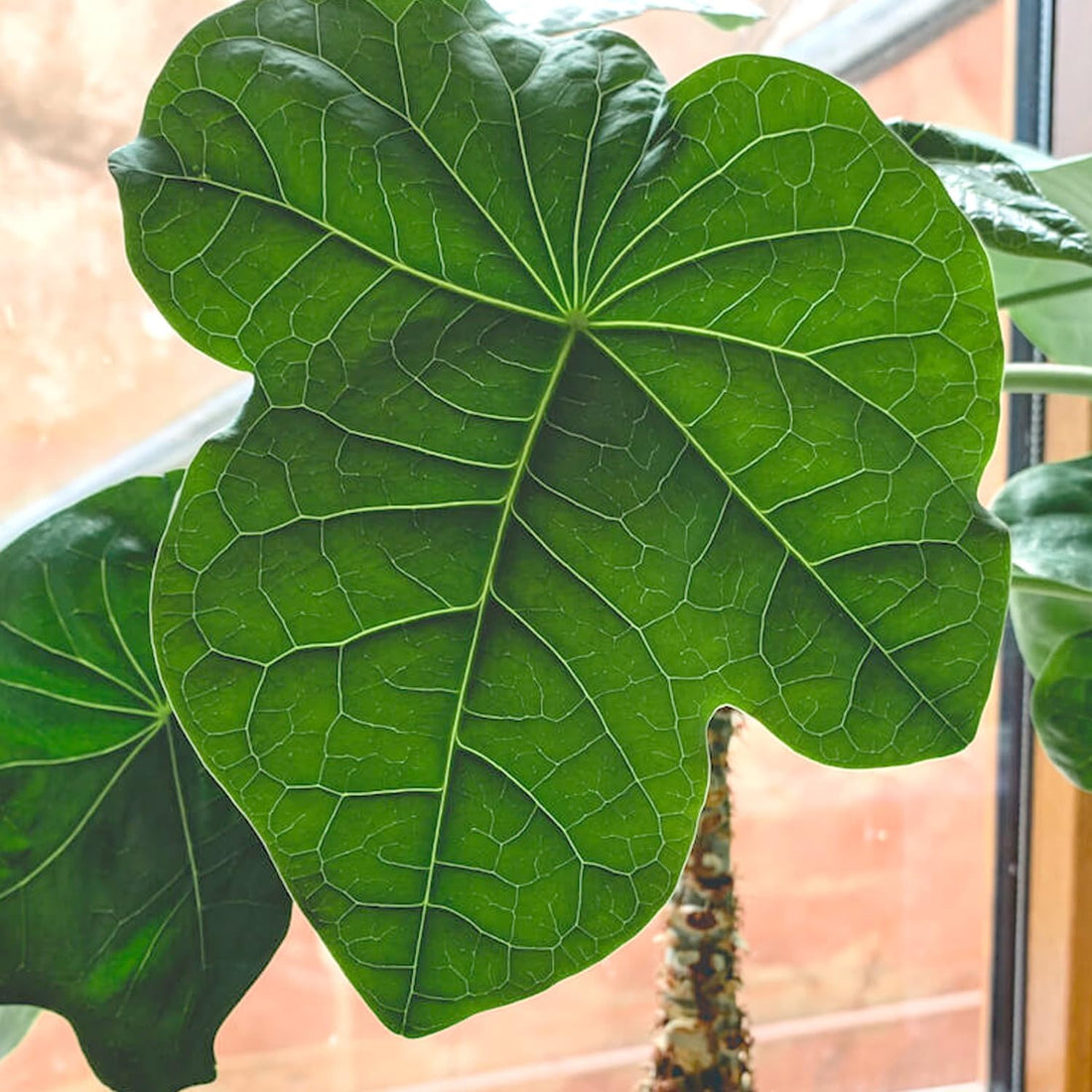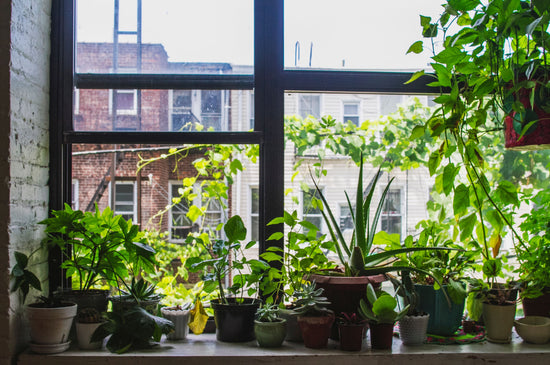Preparing Your Plants for Spring
As spring approaches, it’s the perfect time to give your plants a fresh start. The longer days and warmer temperatures signal the beginning of a new growth cycle, making it essential to prepare your indoor and outdoor plants for the season ahead. With a little care and attention, you can ensure your greenery thrives all spring and summer. Here’s how to get your plants ready for the season.
Why Prepare Plants for Spring?
Spring is a time of renewal for plants, as they emerge from dormancy and enter their active growth phase. Proper preparation helps them adjust to the changing conditions, promoting vibrant growth and reducing the risk of disease or pest issues.
Steps to Prepare Your Plants for Spring
-
Inspect Your Plants
Check for any signs of pests, diseases, or damage that may have occurred during winter. Look for yellowing leaves, webbing, or discoloration, and treat immediately with neem oil or insecticidal soap if necessary. -
Prune and Tidy
Trim away dead or damaged leaves and stems to encourage healthy new growth. For bushier plants, like pothos or philodendrons, pinch back the tips to promote fuller foliage. -
Refresh the Soil
Remove the top inch of soil from potted plants and replace it with fresh potting mix to replenish nutrients. For outdoor plants, consider top-dressing with compost to enrich the soil. -
Repot if Needed
Check if your plants are root-bound by gently removing them from their pots. If the roots are circling or compacted, it’s time to move them to a slightly larger pot with fresh soil. Use a well-draining potting mix tailored to your plant’s needs. -
Adjust Watering Routine
As temperatures rise, plants may require more water. Start increasing your watering frequency gradually to match their growing needs. Always check the soil moisture before watering to avoid overwatering. -
Fertilize for Growth
Begin fertilizing your plants every 4–6 weeks with a balanced fertilizer to support their active growth phase. Use a diluted liquid fertilizer for indoor plants or a slow-release formula for outdoor plants. -
Clean Your Plants
Wipe down leaves with a damp cloth to remove dust and improve photosynthesis. For plants with smaller leaves, a gentle shower can rinse away buildup and refresh the foliage. -
Gradually Introduce More Light
If you moved your plants to lower light conditions during winter, start acclimating them to brighter spots. For outdoor plants, wait until the risk of frost has passed before moving them back outside. -
Monitor for Pests
As plants wake up, pests like aphids and spider mites may become active. Inspect leaves and stems regularly and act quickly if you notice any infestations.
Top Tips for a Thriving Spring Garden
-
Rotate Your Plants
Rotate pots every few weeks to ensure even light exposure and balanced growth. -
Boost Humidity
Spring weather can still be dry in some areas. Use a humidifier or group plants together to create a more humid microclimate. -
Use Grow Lights if Needed
If your plants aren’t getting enough natural light, supplement with grow lights to encourage robust growth.
FAQs About Preparing Plants for Spring
Q: When should I start fertilizing my plants?
A: Begin fertilizing as soon as you notice new growth, usually in early spring. Stick to a regular schedule during the active growing season.
Q: Should I repot all my plants in spring?
A: Only repot plants that show signs of being root-bound or have outgrown their pots. For others, refreshing the topsoil may be sufficient.
Q: How do I know if my plant needs pruning?
A: Look for dead, yellowing, or damaged leaves and stems. Prune these to make room for healthy new growth.
Q: Can I move my plants outdoors immediately?
A: Wait until nighttime temperatures are consistently above 50°F before moving plants outside. Gradually acclimate them to outdoor conditions over a week or two.
Q: How can I prevent pests during spring?
A: Inspect plants regularly, clean their leaves, and use preventative treatments like neem oil to keep pests at bay.
Preparing your plants for spring ensures they thrive in the months ahead, filling your home and garden with lush greenery and vibrant blooms. With these simple steps, you can set your plants up for a healthy, productive growing season.





